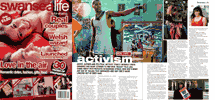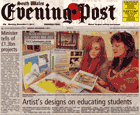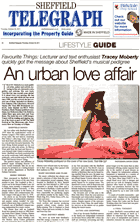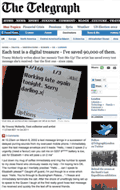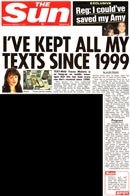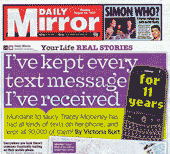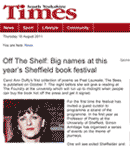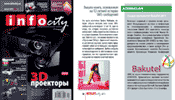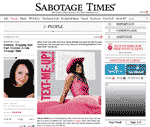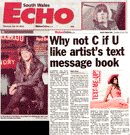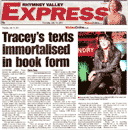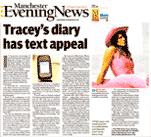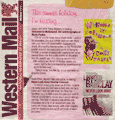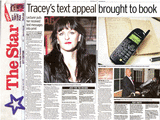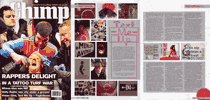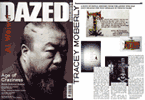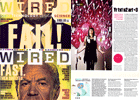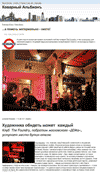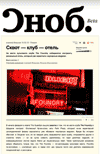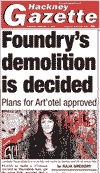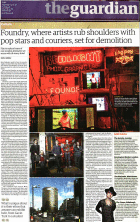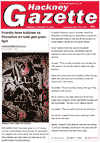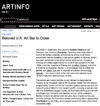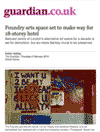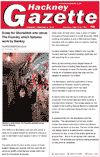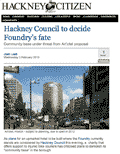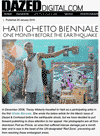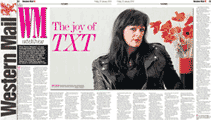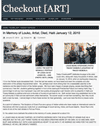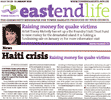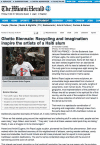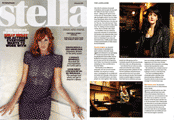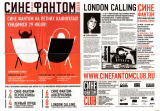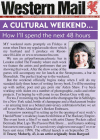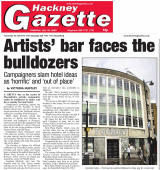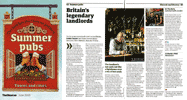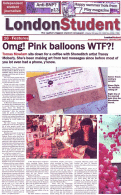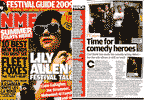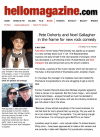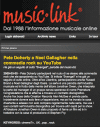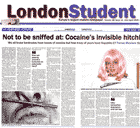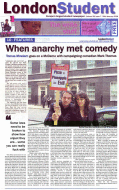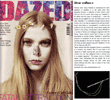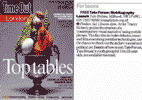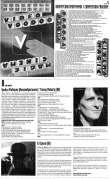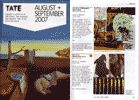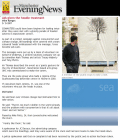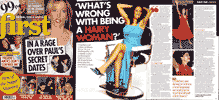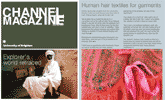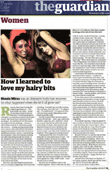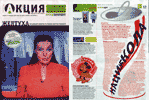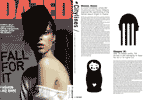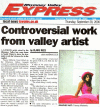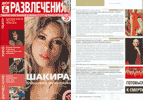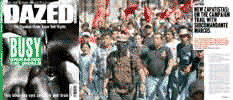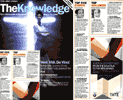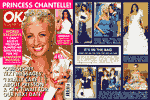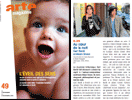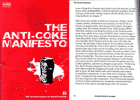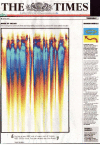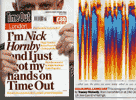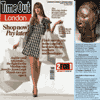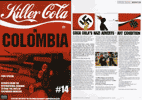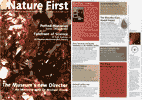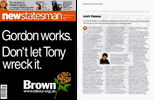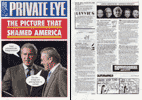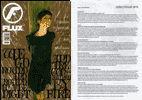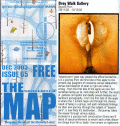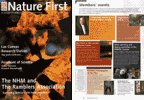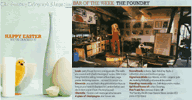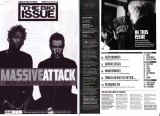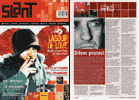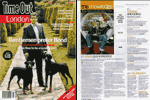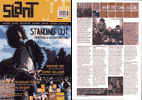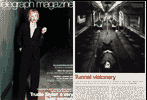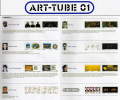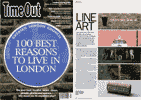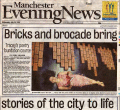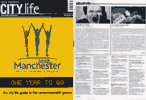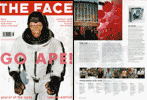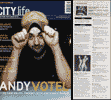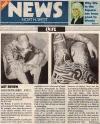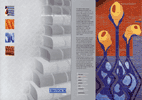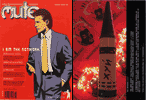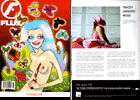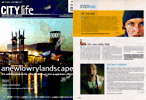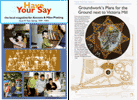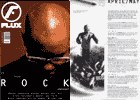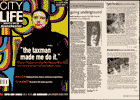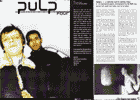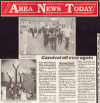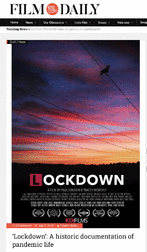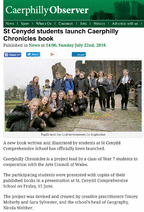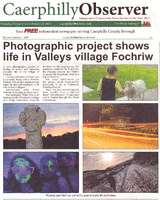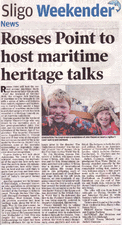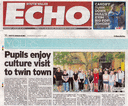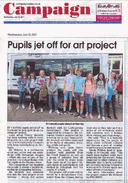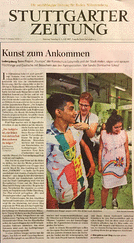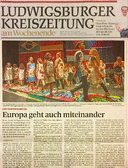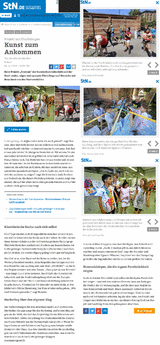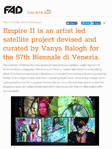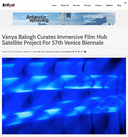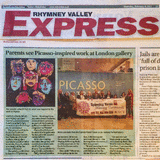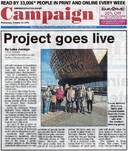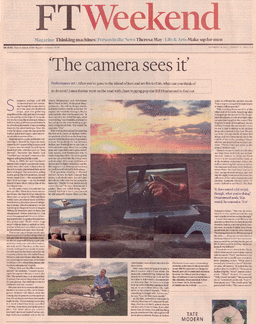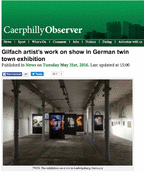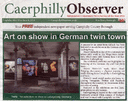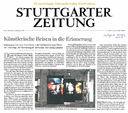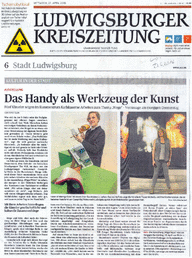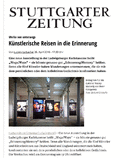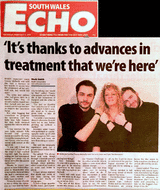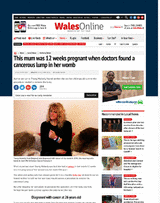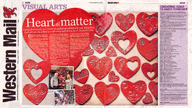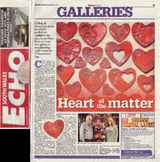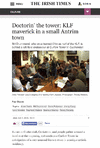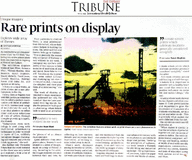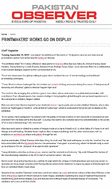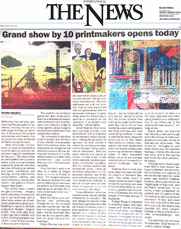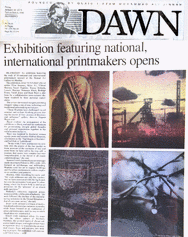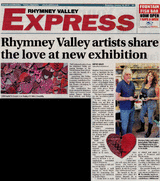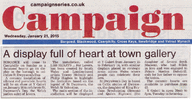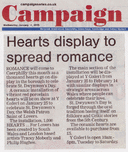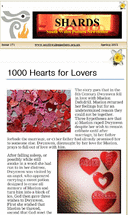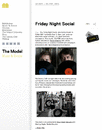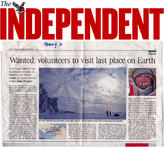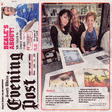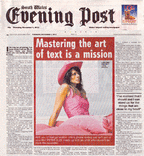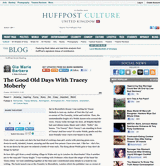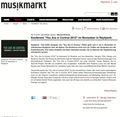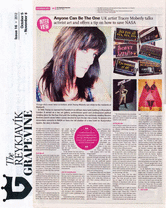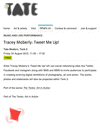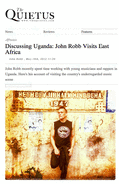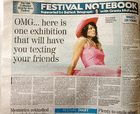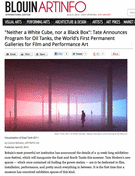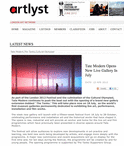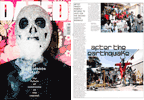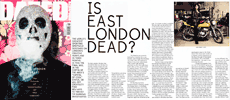[press]
[<<<] [>>>] click on image to enlarge

© tracey moberly 20120202.Freedom_Haiti_22.jpg
Freedom Press
www.freedompress.org.uk
Tracey Moberly
HAITI GHETTO BIENNALE
PART ONE One month before the earthquake and two years later...
February 2012
In December 2009, Tracey Moberly traveled to Haiti as a participating artist in the first Ghetto Biennale. Tracey returned as a participant in the second biennale December 2011. Her photographs were taken in downtown Port-au-Prince, an area that suffered immense damage from the devastating earthquake. The images were taken three weeks before the earthquake at the biennale and her return two years later.
In downtown Port-Au-Prince, Haiti, the ‘Red Alert Zone’ is home for three weeks to the world’s first Ghetto Biennale, with 90-plus artists and scholars in attendance over both years from many countries, including Haiti, USA, UK, Jamaica, Trinidad, Chile, Hungry, Sweden, Colombia, Croatia and Germany. In the Grand Rue area of the ghetto, we navigated past food stalls, welders, pavement garages and people just hanging out (most with stunning, sculptured physiques and posture). People entering into the ghetto were greeted by a sculpture of Vodou (‘voodoo’) god Papa Legba – trickster, warrior, and messenger of destiny. Standing over eight metres high and sporting a formidable phallus, it was constructed from a car chassis, part of an old truck, bed-frames
and scrap metal.
Sculptor Andre Eugene’s studio is in the open air, and overflowing with Vodou art – he is one of the co-founders of the Ghetto Biennale, along with his UK partner Leah Gordon. They came up with the idea after some of the sculptors of the Grand Rue’s work were selected for exhibition in Florida. The artists were denied visas to leave Haiti, and couldn’t attend their own show. My
eyes scanned the rows of sculptures of all shapes and sizes, and I was drawn to the use of human skulls in many of the artworks of Vodou spirits. I couldn’t help but make stark comparison to Damien Hirst’s ‘For The Love Of God’ – platinum cast of a human skull encrusted with diamonds, on sale for £50 million. Eugene’s artwork in front of me suggests the struggle of a nation responsible for the Haitian Revolution that resulted in the permanent abolition of slavery.
On my first visit I was fascinated with the laws and rules of the local cemetery, many graves are rented for a six-month period; after this, decaying corpses are taken out and some coffins find their ways into the artists’ work, others being cremated in a huge oven. A community lives here, sleeping in the tombs and graves at night, highlighting Haiti’s huge wealth gap between the impoverished
Creole-speaking black majority and the French- speaking minority, whom own nearly half the country’s wealth. Eugene comments on a sculpture with a human skull next to us, “This man in his lifetime couldn’t get a visa to leave Haiti, now he travels the world.” Part of my own work was a ‘mobilography’ project called Power In The Blood, a type of photography that focuses on devices with built-in cameras not intended for professional image-making, such as mobile phones. Digicel, one of Haiti’s mobile phone companies, sponsored me with a few camera-phones which I handed to local people who then photographed their surroundings producing a collaborative personal insight into everything from new-born babies to Vodou ceremonies within their community. I also started work with a vodou flag maker to produce vodou flags based on text message work I was doing with mobile phones. On my return visit I am informed that a Vietnamese mobile phone company has taken over a large portion of the mobile phone industry. In the first biennale as more international artists arrived, project proposals were swiftly adapted to the limited resources of the Americas’ poorest nation. Jesse Darling and Hugo Moro developed the Trash Church, involving many local people who construct the open building from discarded water bottles, water bags and other rare waste materials. This became a focal meeting point.
Among many of the other interesting and invigorating projects, my friend and work colleague Scottish artist Bill Drummond performed his public music composition Surround with 100 Port-Au-Prince residents, along with a performance of The 17 with a local school. Carole Frances Lung as Frau Fiber appointed herself “special envoy to Haiti, apparel workers”, and set out to explore the possibilities of using Pepe as a resource for creating a sustainable garment industry in Haiti. Upon her arrival she was introduced to Haitian tailor, painter and photographer Jonas La Base, and the Pepe label ‘Made in Haiti’ was established. The clothes produced were amazing. (On a down- side, during the second biennale I became alarmed reading about Korean textile manufacturers – notorious for their sweat- shop labor policies – hoping to become the largest private sector employer in Haiti.) Being a part of the first Ghetto Biennale in Haiti felt revolutionary, with our experiences strengthening my belief in the many artists with integrity enough to continue to stand outside of the mainstream.
When the earthquake struck on 12th January 2010 and the horrific TV footage spewed through the airwaves it came directly from Eugene’s studio and yard – where a film crew had been doing an interview with him in the Port-Au-Prince ghetto. People I’d been working and chatting with only weeks before were shown with appalling injuries, many still trapped in the debris and rubble of the fallen buildings. I immediately felt massively compelled to go back and help with the rescue operation, but with no skills equipped for the disaster – only a camera to capture the glory death shots that newspapers love to show in any tragedy which sickened me – with not even a first aid qualification,
I knew I would be using up someone else’s food, water and oxygen. As co-owner of The Foundry gallery/bar in East London, where we had been forging links with the artists’ group in Haiti over the past few years the only thing I could minimally do immediately was to set up an appeal for the victims of the earthquake. The response from the Foundry community was great and much money was raised which is still being used in the Grand Rue people. Having kept in constant contact with the community, I was invited back to participate in the second Ghetto Biennale in December 2011.
To be continued in our next issue.
Tracey Moberly is the author of the recently published book Text-Me-Up! which details Haiti in several of its chapters, with over 2,500 photographs and images accompanying the text, see www.text-me-up.com.
Photos (c) Tracey Moberly
